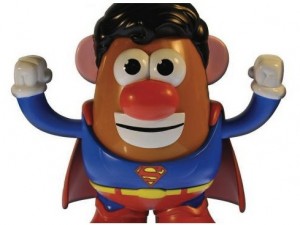Moral Panic and You
Today I decided to post about our favorite class topic: moral panic. Keeping it light, I decided to feature Cracked.com’s top six most ridiculous moral panics in America. Low and behold, comic books is at the sixth spot. You’ve also got a reference to a drug made from excrement, Dungeons and Dragons, and backward rock and roll messages, among others. What the site is getting at, and which I think is pertinent to class discussions, is the fact that often times moral panics don’t really need to exist anywhere but in the mind of wary adults. As society increasingly becomes more saturated by information (without too much of a stop-gap) and becomes more overworked, it seems the reliability of actual moral panics fade into the background.
The very nature of moral panic is the thought that something is corrupting the youth. There seems to be a predisposition amongst adults of a certain stripe to fear what possible influences the outside world may have upon their children. This is referenced in Bradbury’s short story “The Veldt” which we read some time ago. In that story, the children turn into monsters through their addiction too technology. In that story, the parents don’t understand the tech as well as the children. This ignorance – and fear of it – seems to be essential to moral panic. Instead of having a freakout over rainbow parties, parents could instead converse with their children. This may not be the most comfortable thing, however. In this light, we can almost see moral panic as a knee-jerk reaction standing in place of true understanding of children and the actual repercussions of the stimuli presented to them. Yes parents should look out for their children, but this act requires the very simple function of looking. This Cracked list points out the absurd lengths crazed adults will go to to put fictive fears to sleep without actually checking to see if such panics have a leg to stand on in reality.






